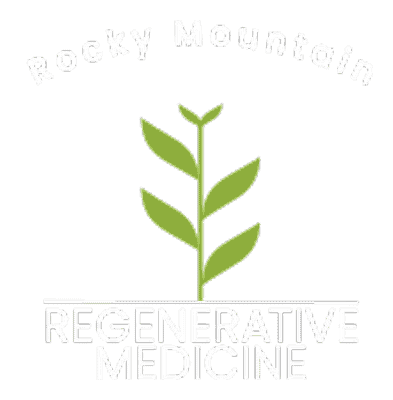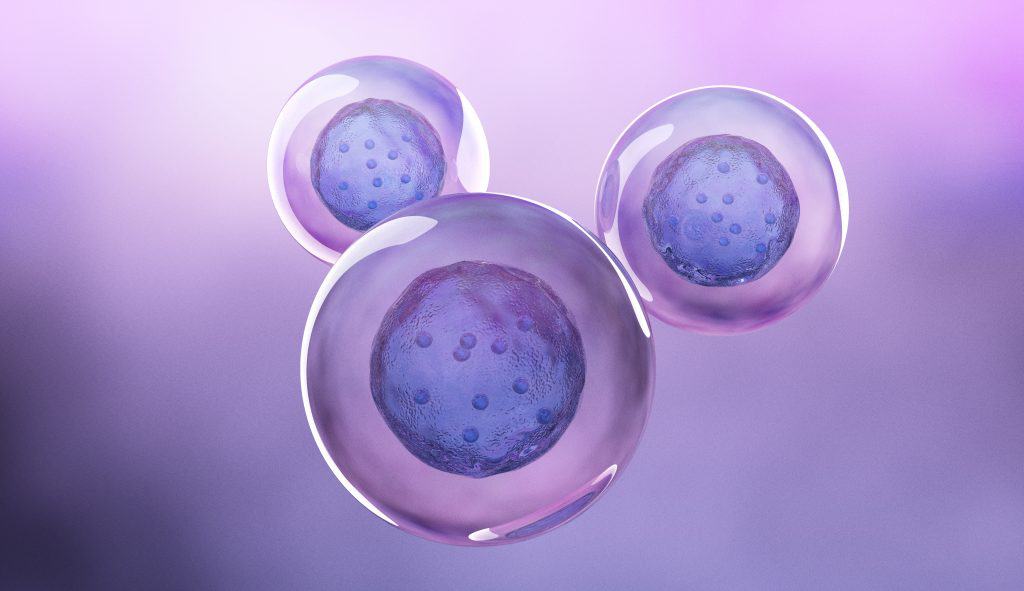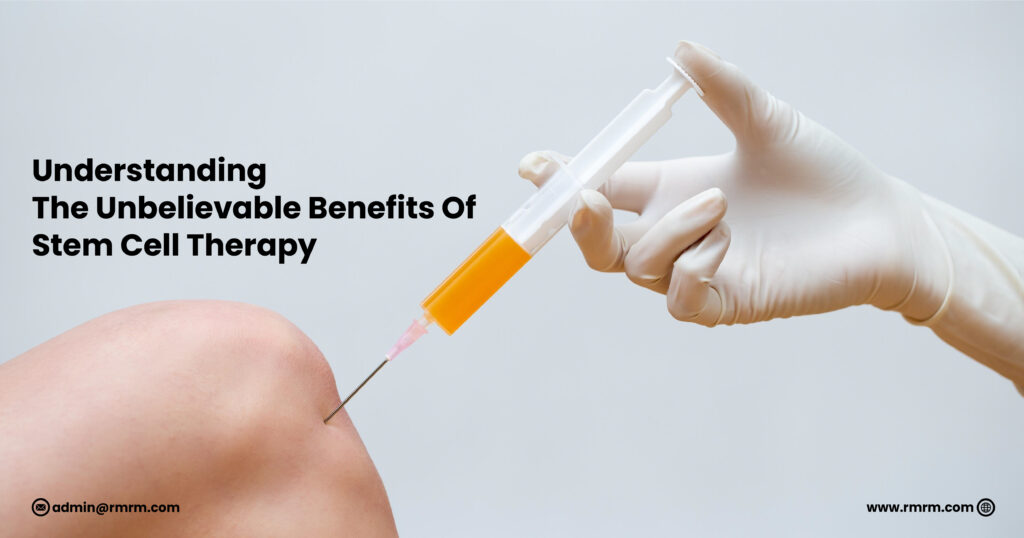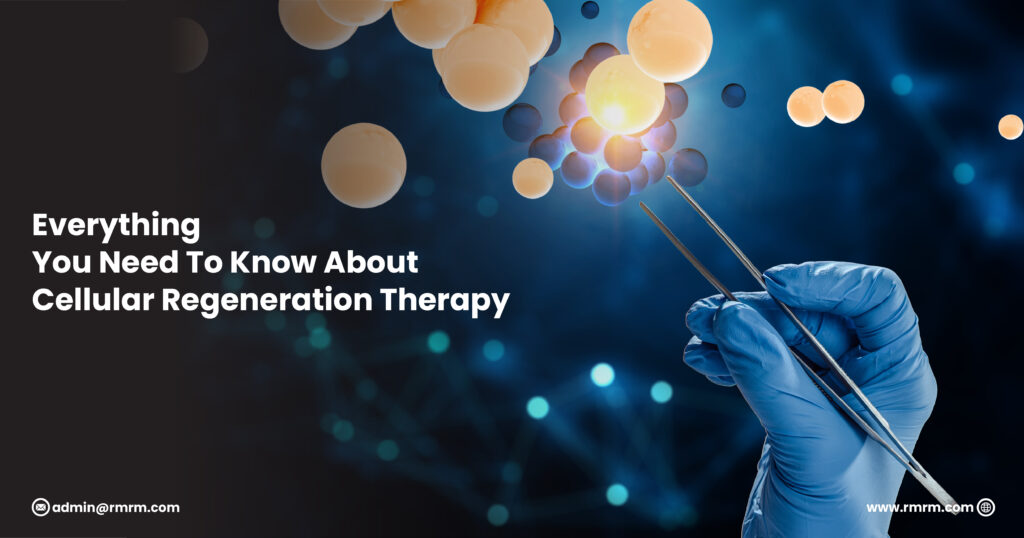Is a pinched nerve in your neck, causing your shoulder pain?
Cervical radiculopathy is the technical term for the symptoms caused by nerve compression or irritation in the neck. Besides pain, numbness, tingling, or weakness in the shoulder, arm, hand, or fingers are other common symptoms.
What causes a pinched nerve?
One of the most common causes is a disc herniation. A spinal disc is comprised of two parts: a soft, gel-like center and a tougher outer layer. The outer layer is prone to drying and cracking over time and with stress. When the gelatinous interior extrudes through a weak area in the outer layer of the disc, it’s called herniation or slippage and can put pressure on nearby nerves, resulting in pain, numbness, tingling, or weakness in the back, legs, or arms. Disc herniation often occurs in the context of chronic stress or acute trauma, and is most common in the neck (cervical spine) and lower back (lumbar spine).
Bone spurs are another cause of radicular neck or shoulder pain. Also known as osteophytes, bone spurs are small, bony projections that form along the edges of bones. They are often seen in major joints such as the hip and shoulder but can also affect joints of the spine. Osteophytes are a common sign of osteoarthritis, a condition that causes the breakdown of joint cartilage.
Finally, facet arthropathy is a condition that affects the facet joints in the spine. Facet joints are located at the back of the spine and help to stabilize the vertebrae, allowing for movement and flexibility. In facet arthropathy, these joints become damaged or degenerated due to daily wear and tear, acute trauma, or systemic illnesses such as rheumatoid arthritis.
When it comes to treatment options for cervical radiculopathy (and lower back nerve compression), the traditional protocol your primary care provider and orthopedist will offer includes rest, physical therapy, and pain medications. When these fail, surgical interventions are frequently pursued.
However, there are new cutting edge treatment options for spinal nerve compression and its resultant symptoms. Most traditional providers are not yet aware of the success of regenerative therapies since their primary focus is centered around medications and surgical interventions. Stem cell therapy, a biological therapy that uses your body’s own healing power, can be highly effective, far less invasive, and offers much shorter recovery times. Once your stem cells have been harvested and stored in a cell bank, they will be available for you for years to come – and the amazing part – while you continue to age, those stem cells stay the same age as the day they were harvested.
RMRM physician Dr.Vassily Eliopoulos recently published the largest Stem Cell Therapy in Spinal Disorders paper to date in the International Journal of Stem Cell Research & Therapy, which documents a 79% pain improvement out to 2 years with a single intervention. Surgery and drugs can’t match this type of success rate.
The providers at RMRM treat each patient individually and focus on your goals and journey to health optimization. Simply addressing one symptom will not heal and optimize the whole person.
We strive to help you LIVE, LOOK, and PERFORM Better Longer.



